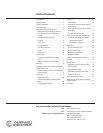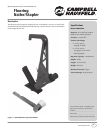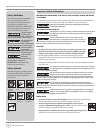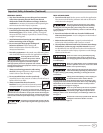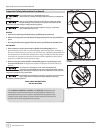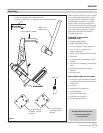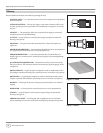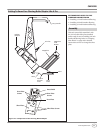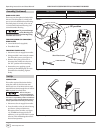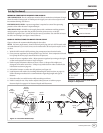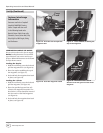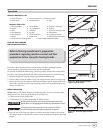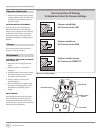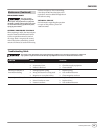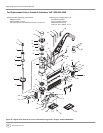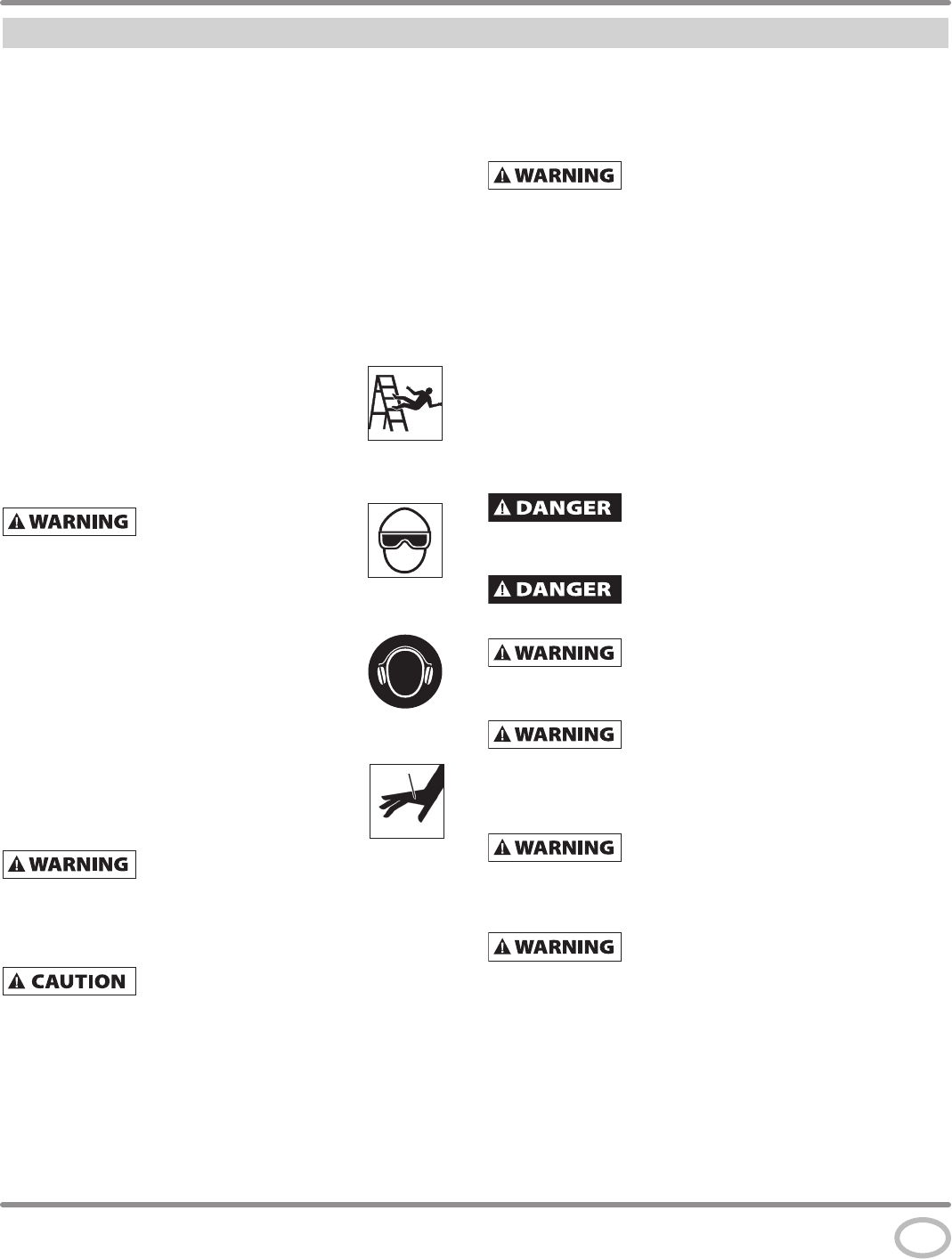
5
TOOL USE AND CARE
a.
Do not force the tool. Use the correct tool for the application.
The correct tool will do the job better and safer at the rate for
which the tool is designed.
Disconnect the tool from the air source before
making adjustments, doing tool maintenance,
clearing jams, touching the safety yoke, leaving work area, loading,
or unloading the tool. Such precautionary measures reduce the risk of
injury to persons.
b. Store the tool when it is idle out of reach of children and
other untrained persons. A tool is dangerous in the hands of
untrained users.
c.
Maintain the tool with care. A properly maintained tool
reduces the risk of problems and is easier to control.
d.
Use only those fasteners listed in the “Fastener Interchange
Information” section on page 12 of this manual. Fasteners
not identified for use with this tool by the tool manufacturer
are able to result in a risk of injury to persons or tool damage
when used in this tool.
Make sure tool is securely placed before firing
(see Operation section, page 13). If tool is not
securely placed, there is a risk of flying fasteners that may cause death
or serious injury.
Make sure mallet head is secure to mallet handle.
Do not se if head is not secure. A non-secure head
may fly off and cause death or severe personal injury.
Always disconnect the tool from the power source
when unattended, performing any maintenance
or repair, clearing a jam, loading, unloading , or moving the tool to a
new location.
Always fit tool with a fitting or hose coupling on
or near the tool in such a manner that all
compressed air in the tool is discharged at the time the fitting or hose
coupling is disconnected. Do not use a check valve or any other fitting
which allows air to remain in the nailer. Death or serious personal
injury could occur. See Figure 2 on page 6.
Never carry the nailer by the air hose or pull the
hose to move the nailer or a compressor. Keep
hoses away from heat, oil and sharp edges. Replace any hose that is
damaged, weak or worn. Personal injury or tool damage could occur.
See Figure 3.
Do not drive a nail on top of other nails. The nail
could glance and cause death or a serious
puncture wound. See Figure 4.
PERSONAL SAFETY
a.
Stay alert. Watch what you are doing and use common
sense when operating the tool. Do not use the tool
while tired or under the influence of drugs, alcohol, or
medication. A moment of inattention while operating the
tool increases the risk of injury to persons.
b.
Dress properly. Do not wear loose clothing or jewelry.
Contain long hair. Keep hair, clothing, and gloves away
from moving parts. Loose clothes, jewelry, or long hair
increases the risk of injury to persons as a result of being
caught in moving parts.
c.
Avoid unintentional starting. Be sure rubber bumper is up
before connecting to the air supply.
d. Do not overreach. Keep proper footing and
balance at all times. Proper footing and
balance enables better control of the tool in
unexpected situations.
e.
Use safety equipment. A dust mask, non-skid safety shoes
and a hard hat must be used for the applicable conditions.
Ensuring that the tool is used
only when the operator and all
other personnel in the work area are wearing ANSI
Z87 eye protection equipment, and when required,
other appropriate protection equipment such as head,
hearing and foot protection equipment. Serious eye or permanent
hearing loss could result.
f. Always wear hearing protection when using
the tool. Prolonged exposure to high intensity
noise is able to cause hearing loss.
g.
Do not attach the hose or tool to your body.
Attach the hose to the structure to reduce the risk of loss of
balance if the hose shifts.
h.
Always assume that the tool contains
fasteners. Do not point the tool toward yourself
or anyone whether it contains fasteners or not.
Do not drop or throw the tool. Dropping
or throwing the tool can result in damage that
will make the tool unusable or unsafe. If the tool has been dropped
or thrown, examine the tool closely for bent, cracked or broken parts
and air leaks. STOP and repair before using or serious injury could
occur.
Avoid long extended periods of work with the
nailer. Stop using the nailer if you feel pain in
hands or arms.
CHN50300
www.chpower.com
Important Safety Information (Continued)




